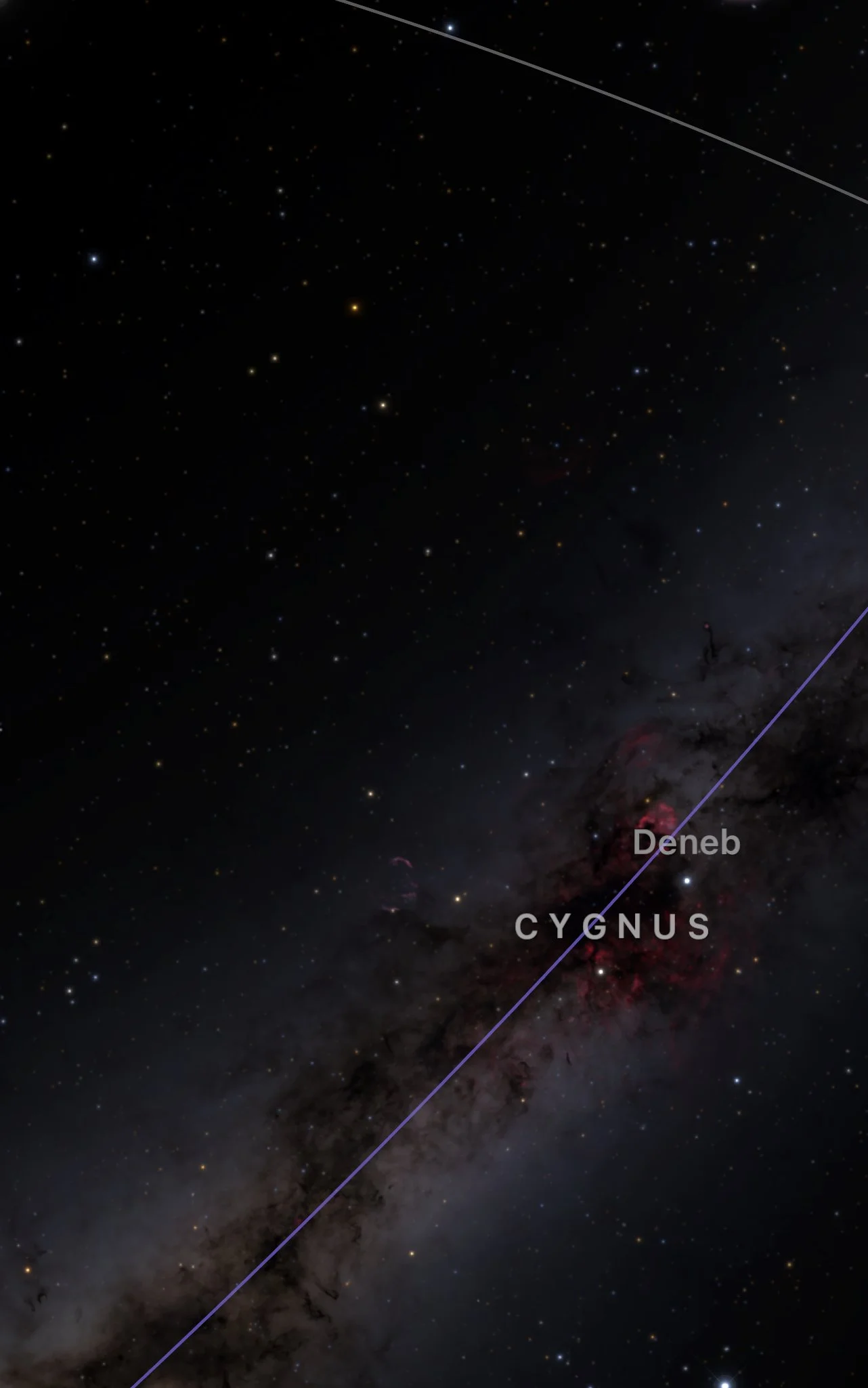I had a great email conversation with photography enthusiast Andy Bailey the other week that i had to share his questions with our resident photographer Carly Higgins and here were our answers:
MARISA AND ANDY
I sell a lot of full spectrum cameras to astrophotographers but I have never been able to use one here in the uk due to light pollution.
1) would I need to use a full spectrum camera or would a unmodified one be ok?
2) where is the closest point to corralejo where I could capture the Milky Way. Could I achieve this in a single image or would I need to stack several shots?
3) I understand that at around 28mm I could use a maximum exposure of around 30 seconds. Does that sound right?
Could you advise what settings you would use?
I have various compact, bridge and dslr camera to choose from but would like to carry something practical and as cheap as possible.
Hi Andy
You don't have to use a full spectrum camera. Most of our photos are taken with dslr's. As a collective we own full frame Canon body's and 3/4sensor bodies. Our previous photographer and the founder are Nikon lovers. As you can see from our website: www.starsbynight.es and Instagram account: instagram.com/starsbynightfv/ you can still produce amazing photos with basic equipment.
We are very lucky in Fuerteventura that you don't have to go too far out to see the milky way or to see stars at night. We do observations just 5mins away from the RIU hotel near the dunes which is about 10min drive from the centre of Corralejo. You won't really see the Milky way in April. From July onwards we have a good view but September/October are the best months to see it with with the naked eye. Yes, you can take a photo of this in a single image.
As for your 28mm lens... well that depends if its a full frame, APSC or Micro4/3 camera, what fstop of your lens ( this will change the light qualities depending on what sensor size you have)? What iso? as a general rule and depending on what you are shooting - be it milky way or stars in general, or light/star trails you would be looking at anything from minimum of 20sec-30secs for a night photo ( depending on what you are photographing).
If you are specifically looking at taking night time photos i would recommend bringing a dslr with the widest and brightest lens you have. If this is not what you have then a good start would be something with a lens that is f4 and/or brighter (f2.8, f2, f1.8, f1.2 - are nice to play with). Yet you can still take a good quality photo with even a standard 18-55 kit lens if its only milky way that you want to shoot.
CARLY AND ANDY
"Have you ever tried using a Ricoh theta S fir astrophography"
No I have never tried 360 degree photography
"The Milky Way is the object that I wanted to try and capture. I have several apps on my phone to help track it. I guess planets and nebulas would potential need longer exposures and equatorial mount. "
You can capture images of the planets (looking like stars) using only a DSLR and actually as some are very bright you don't need a long exposure, but If you are looking to take more deep space images yes you would need a very long exposure so an equatorial mount or tracker of some kind would be essential.
"This is the style of photo I'd like to achieve. Astroscape! Is the following a series of images (foreground / background) or still just the one?"( see above picture for reference)
This is all one image in camera, where possible I prefer to do this and reduce processing time
"If it's easy to explain how would you achieve the above image? "
This image is just a single exposure of 15s at f/2.8 and ISO 2000 and would be very easy for even a beginner to take, its the kind of image we will learn to take on workshops. It was a beautiful clear night and the milky way was clearly visible to the naked eye. There is of course a little post processing in Photoshop
"Finally one last question, assuming there was a clear sky with no foreground subject like the windmill, how would you advise achieving the image of the Milky Way like it is in the image above (assuming I was using an APS C with kit lens)"
You would need to use your widest angle lens to get as much of the sky in as possible, if you have a kit lens I am guessing something like 18-55mm which on a crop sensor is equivalent to 27mm on full frame - not massive wide but definitely workable. You also want to use the lowest aperture possible f/2.8 or below if you have it. Using the 500 hundred rule (something else we teach on the workshop) you can workout how long an exposure (shutter speed) you can have without starting to get star trails. For 27mm I would recommend no more than 18 seconds. You will then need to adjust your ISO to get a properly exposed image balancing it against the other 2 elements of the exposure triangle Aperture and Shutter Speed. It would be really great to have you attend a workshop as I can demonstrate exactly how to capture and image like this and work with you to get exactly what you want.
To note: content has been edited slightly to remove places and dates.
who is Andy Bailey: INFRAREADYUK & BESTGHOSTHUNTING





